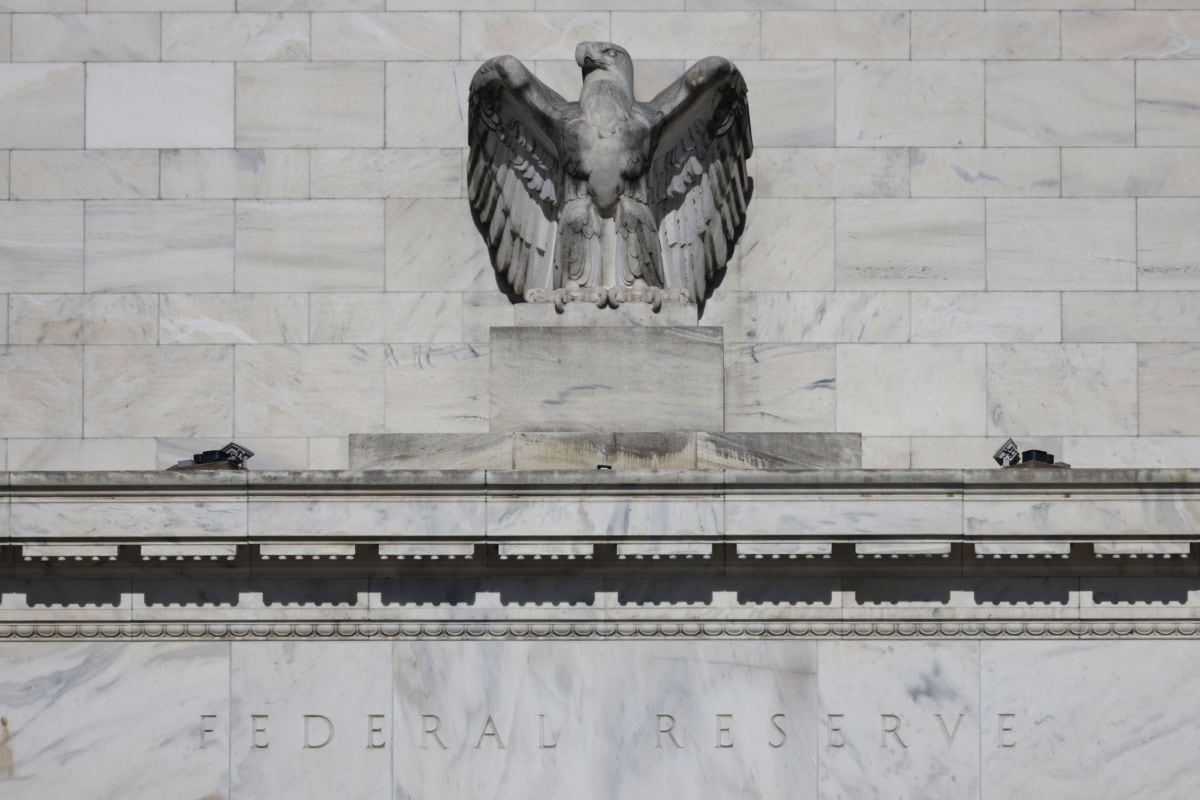
The Federal Reserve will kick off a two-day policy meeting on Tuesday in which the benchmark US central bank overnight interest rate is likely to hit its highest in nearly 16 years, hitting a possible plateau that will put tested the economy in a way that had not been seen since the start of the financial crisis in 2007.
It will be the second consecutive meeting of the Federal Reserve called after the failure of a large US bank. The acquisition of First Republic Bank by JPMorgan on Monday, mediated by the Federal Deposit Insurance Corporation, is recent proof that the historically rapid rise in interest rates is taking its toll on the financial system, and possibly outside of it.
Central banks around the world are now nearing a potential stalemate on rate hikes, having aggressively tightened credit conditions to rein in the worst bout of inflation in 40 years. The Federal Reserve meeting will be followed by expected rate hikes from the European Central Bank on Thursday and the Bank of England next week.
However, the US central bank is the furthest along and could signal that this week’s hike is its last, at least for now. A pause could give time to see how the economy adjusts to higher financing costs and tighter banking conditions, and whether inflation subsides.
There is still much left to do. The economy shows signs of strength, but also of slowdown. Inflation has been gradually moderating, and the main price index the Federal Reserve watches remains more than double the 2% target set by the central bank.
Given the tension, “our base assumption remains that the May hike will be the last of this cycle, as the economy responds to the tightening applied to datesaid Matthew Luzzetti, chief US economist at Deutsche Bank.
But “we see risks leaning towards another hike in June. Fed Chairman Jerome Powell is likely to stress the continued need for a tightening bias to tame inflation, but will not commit to any decision at the June meeting”.
The Fed will announce its monetary policy decision at 1800 GMT on Wednesday. Powell will offer a press conference half an hour later.
PREPARING THE TERRAIN
Wednesday’s decision would mark the 10th consecutive rate hike since March 2022, a tightening in which the federal funds rate will have risen 5 percentage points, an average of half a percentage point at each meeting.
On the contrary, when the Federal Reserve began to tighten its monetary policy in June 2004, on the threshold of what would become a destabilizing housing bubble, it advanced in steps “measured” of a quarter of a percentage point, from 1% to around 5.25% in two years.
Wednesday’s expected quarter-point increase will bring the target federal funds rate to roughly the same point, between 5% and 5.25%.
This is the level that most Federal Reserve officials considered adequate in December and March, high enough to continue to slow inflation without dampening the economy and employment more than necessary.
The test of that judgment begins now, with two comparable moments to measure against: the 2004-2006 rate hike cycle, which ended in a catastrophic recession, and the “great moderation” of the 1990s, when the Federal Reserve alternately raised and lowered rates to manage nearly a decade of sustained growth.
Despite the volatility of the financial markets, the main components of the real economy have continued to advance, with continued growth in employment and wages, and an unemployment rate of around 3.5%.
Torsten Slok, chief economist at Apollo Global Management, wrote on Monday that, based on the lag between previous rate hike cycles and the subsequent rise in unemployment, he expects unemployment to rise “in the next two months”.
“It usually takes the Fed 12-18 months to smooth the job market and today is no different.“, he claimed.
With this rate hike, Fed officials will reach a level that will be about one percentage point above the rate they believe has a neutral impact on economic activity. The “tight” rate should cause households and businesses to rein in spending and hiring, slowing inflation in the process.
Analysts expect the Fed to take a meeting-by-meeting approach from now on, watching the data to see if inflation slows as expected, shows signs of persistence that call for even higher rates, or falls so fast that justify a rate cut.
The last time the federal funds rate exceeded 5%, the Federal Reserve held it for just over a year, until a mortgage crisis prompted the initiation of aggressive rate cuts to near zero in late 2008.
Household leverage levels and the health of home values are very different now, but the speed of recent rate hikes has arguably exacerbated banking stress, and there could be other pandemic-related issues, particularly health of the commercial real estate market.
Source: Reuters
Source: Gestion
Ricardo is a renowned author and journalist, known for his exceptional writing on top-news stories. He currently works as a writer at the 247 News Agency, where he is known for his ability to deliver breaking news and insightful analysis on the most pressing issues of the day.











